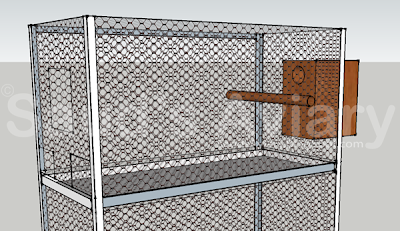1.2 Inheritance Basics
I hope the basic terms are now sufficiently clear. To keep things simple I will try to insert a simple word in brackets where a slightly difficult word is the technically correct choice.
We start with a very brief summary of the first post. A living organism is made up of cells. Every cell contains DNA which is like a building plan for the living organism. Genes are sections of DNA that contain information about a specific feature such as color size etc.
Here is the second dose.
Inheritance
The life of an organism starts from a single cell. This single cell is formed by fusion (joining) of the egg and the sperm from the mother and father. The DNA in this first cell is formed from the DNA’s of the mother and the father. One half of the DNA is contributed by the mother and the other half by the father. The new cell therefore contains DNA from both parents. This is called inheritance. This is the point at which the DNA of the offspring (baby) is fixed. The building plan is finalized. The plan is executed as the embryo (the fertilized cell) develops. From this point on no changes occur in the DNA.
Each parent contributes only half of its DNA to the first cell. Which half? We now try to answer this question.
We already know that DNA consists of genes. Genes regulate features in the organism. So we can think of the DNA as a long list of genes. See Fig 1 In this diagram each row represents the genes that control a visual feature in the bird such as head size, color, length etc. We see that the father and the mother contribute to every gene in the offspring. The color genes in the offspring are a mix of the color genes of the parents. The length genes in the offspring are a mix from both parents and so on. So statements like “he has got his fathers eyes and his mother’s nose” are not genetically correct. But we know from experience that sometimes these statements are visually true. So how can an offspring contain genes from both parents and look only like one of them? We will answer this question in the next episode.



Comments
Post a Comment